Economy Watch: GDP Growth Slower in Q1
Real U.S. GDP increased 2.3 percent in the first quarter of 2018, according to the Bureau of Economic Analysis' first estimate, coming in less than the 2.9 percent growth achieved in the previous quarter.
By D.C. Stribling, Contributing Editor
Real U.S. gross domestic product increased at an annualized rate of 2.3 percent in the first quarter of 2018, according to the first estimate released by the Bureau of Economic Analysis on Friday. In the fourth quarter, real GDP increased at an annualized 2.9 percent. The bureau will release further first-quarter estimates in the coming month or so. Generally, these revisions move the estimate upward, but not always.
The first-quarter increase in real GDP was spurred by contributions from nonresidential fixed investment, personal consumption expenditures, exports, private inventory investment, federal government spending, and state and local government spending. Imports, which are a subtraction in the calculation of GDP, increased.
As a percentage of GDP, residential property investment is now just a shade under 4 percent. That’s higher than during the years after the recession, when the number was as low as about 2.5 percent, but actually low by historic standards. Before the recession, residential investment was more than 6.5 percent of the total economy, and in the 1950s and even in the 1970s, the total often reached nearly 6 percent of GDP.
As for investment in non-residential structures, the total is about 3 percent of GDP, according to the BEA. That too is somewhat below the historic norm, which has tended to be between 3 percent and 4 percent of GDP. During the go-go 1980s, non-residential investment shot up over 5 percent, a height it has not seen since.

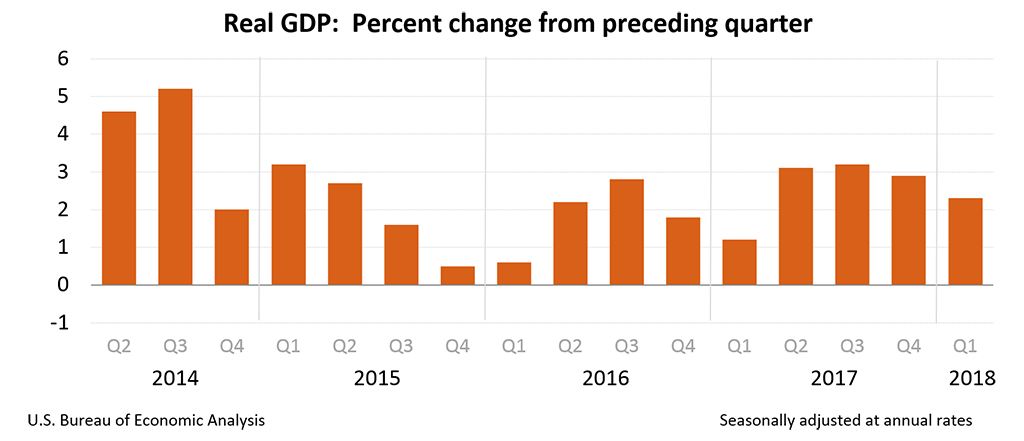
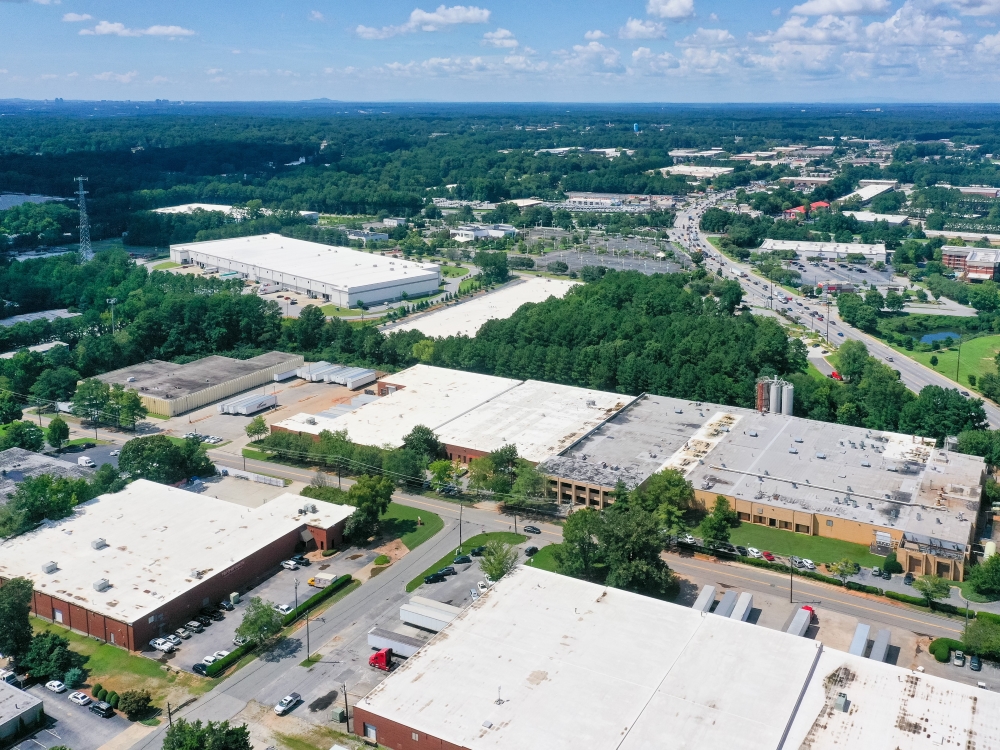
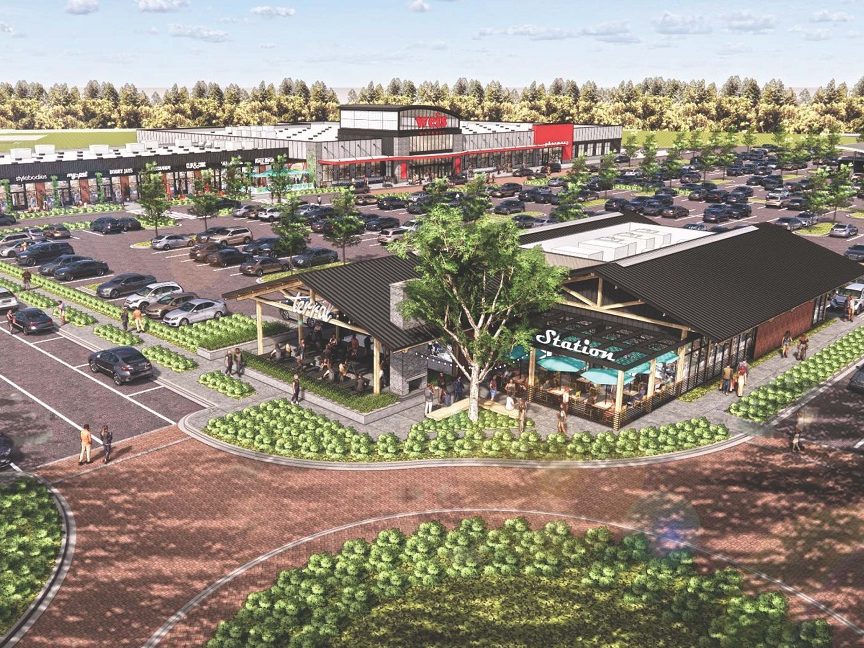
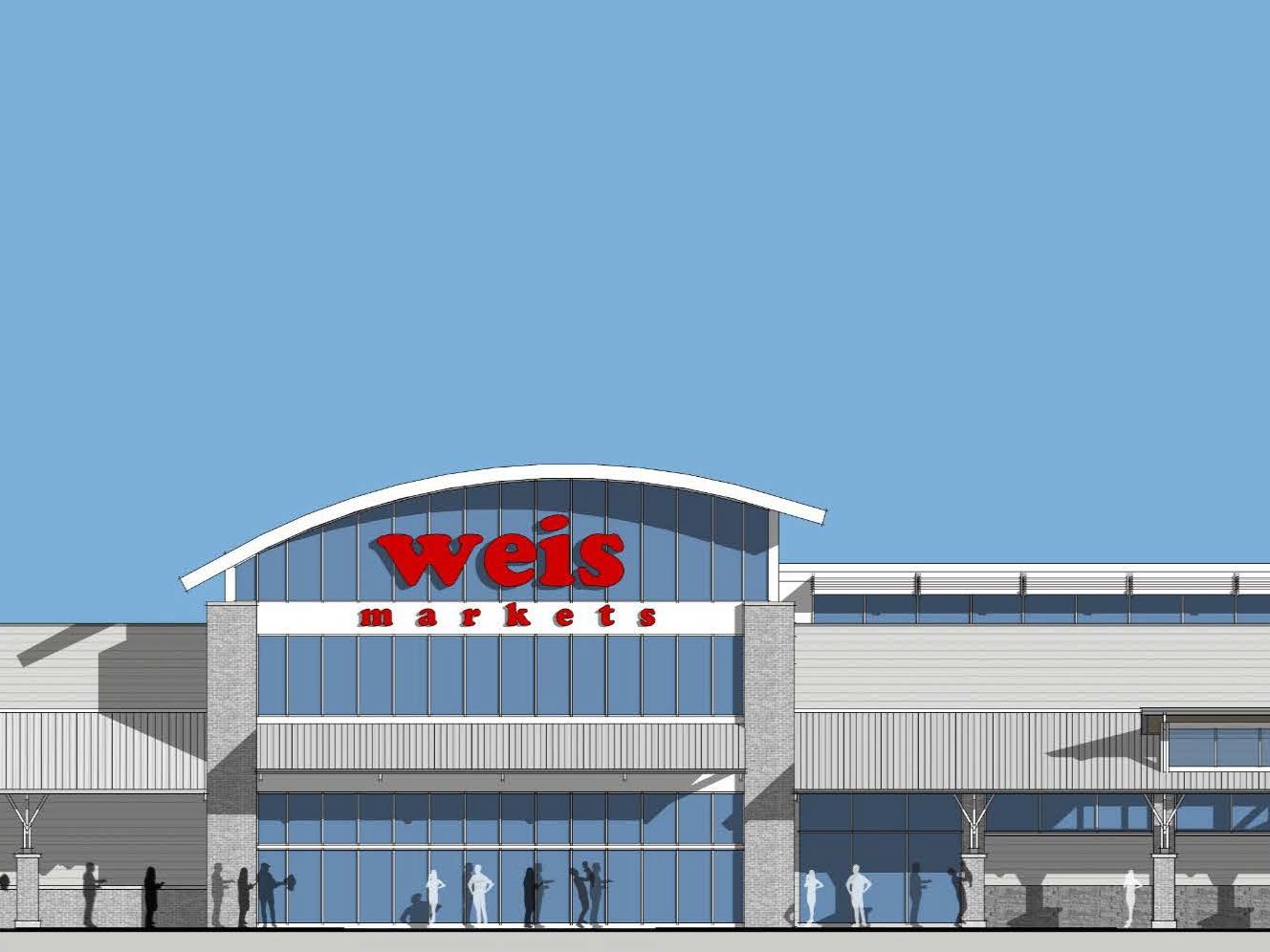

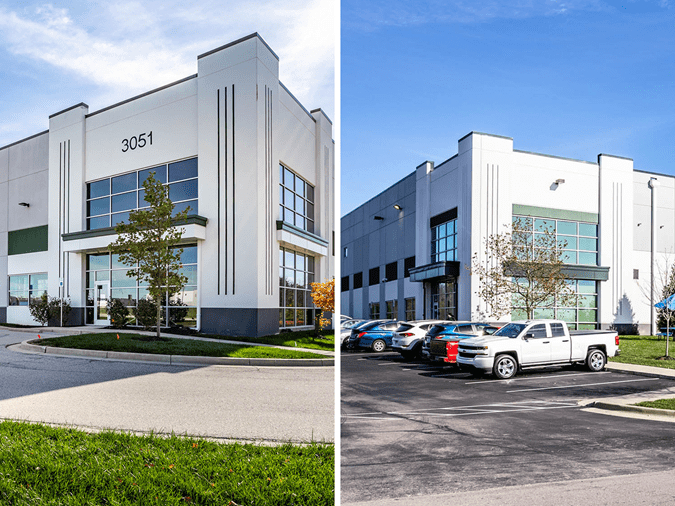

You must be logged in to post a comment.